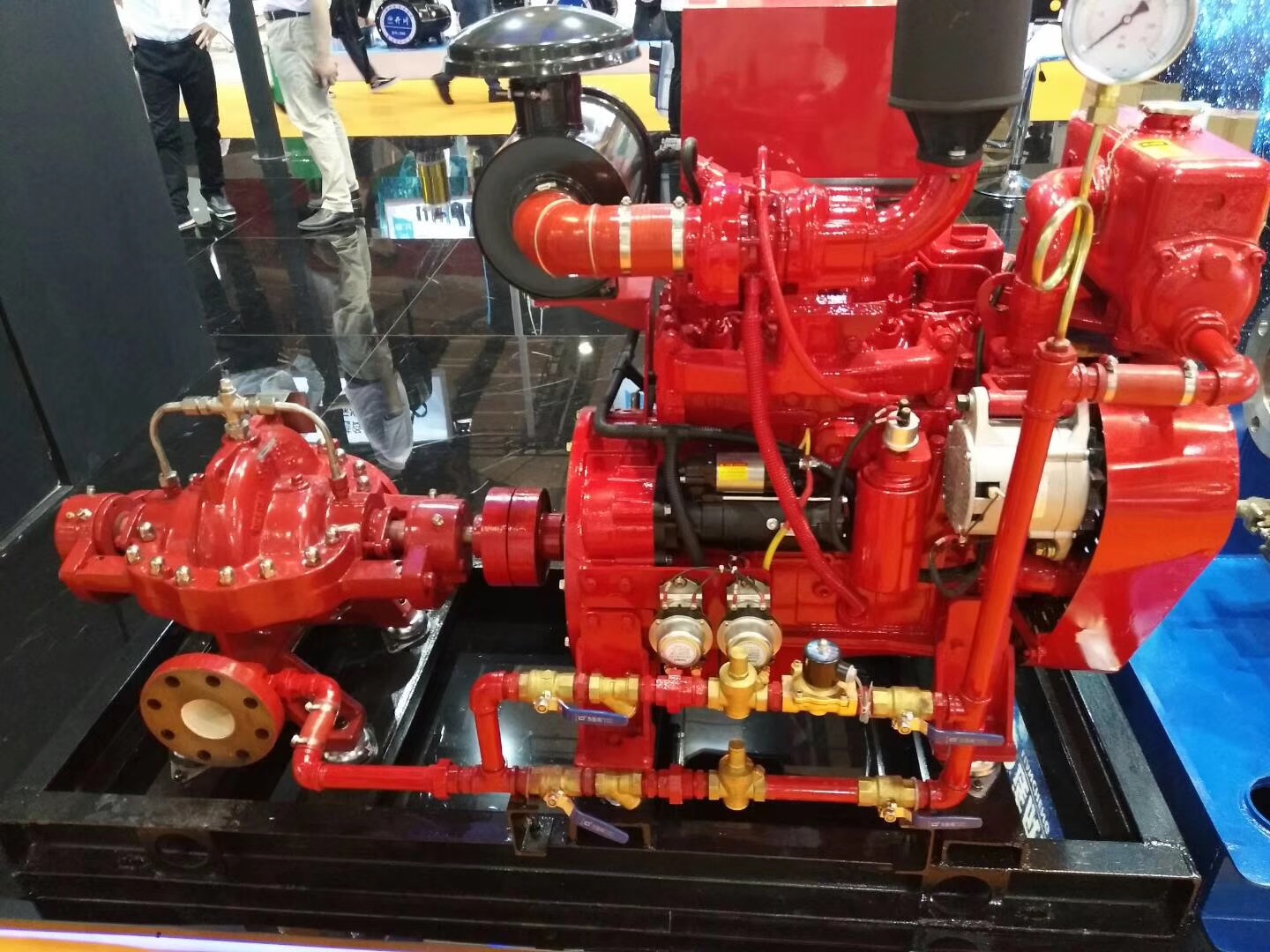Amharic
- Afrikaans
- Albanian
- Amharic
- Arabic
- Armenian
- Azerbaijani
- Basque
- Belarusian
- Bengali
- Bosnian
- Bulgarian
- Catalan
- Cebuano
- Corsican
- Croatian
- Czech
- Danish
- Dutch
- English
- Esperanto
- Estonian
- Finnish
- French
- Frisian
- Galician
- Georgian
- German
- Greek
- Gujarati
- Haitian Creole
- hausa
- hawaiian
- Hebrew
- Hindi
- Miao
- Hungarian
- Icelandic
- igbo
- Indonesian
- irish
- Italian
- Japanese
- Javanese
- Kannada
- kazakh
- Khmer
- Rwandese
- Korean
- Kurdish
- Kyrgyz
- Lao
- Latin
- Latvian
- Lithuanian
- Luxembourgish
- Macedonian
- Malgashi
- Malay
- Malayalam
- Maltese
- Maori
- Marathi
- Mongolian
- Myanmar
- Nepali
- Norwegian
- Norwegian
- Occitan
- Pashto
- Persian
- Polish
- Portuguese
- Punjabi
- Romanian
- Russian
- Samoan
- Scottish Gaelic
- Serbian
- Sesotho
- Shona
- Sindhi
- Sinhala
- Slovak
- Slovenian
- Somali
- Spanish
- Sundanese
- Swahili
- Swedish
- Tagalog
- Tajik
- Tamil
- Tatar
- Telugu
- Thai
- Turkish
- Turkmen
- Ukrainian
- Urdu
- Uighur
- Uzbek
- Vietnamese
- Welsh
- Bantu
- Yiddish
- Yoruba
- Zulu
Telephone: +86 13120555503
Email: frank@cypump.com
ነሐሴ . 17, 2024 00:02 Back to list
Exploring Single Phase Submersible Sewage Pumps for Efficient Wastewater Management
Single Phase Sewage Submersible Pumps An Overview
In the realm of wastewater management, single phase sewage submersible pumps play a pivotal role in efficiently transporting sewage and wastewater from lower areas to treatment facilities. These pumps are designed to operate underwater, submerged in the waste they are pumping, which distinguishes them from standard centrifugal pumps. This article will delve into the features, benefits, and applications of these essential devices.
What is a Single Phase Sewage Submersible Pump?
A single phase sewage submersible pump is a type of pump that uses an electric motor powered by a single-phase electrical supply to move sewage. These pumps are typically constructed from corrosion-resistant materials that enable them to handle the harsh conditions found in wastewater environments. The single-phase designation means that they are powered by a conventional electricity supply, making them ideal for residential and light commercial applications where three-phase power may not be available.
Key Features
1. Submersible Design The pump's design allows it to operate fully submerged in sewage. This feature not only increases the pump’s efficiency but also reduces the risk of cavitation that can occur in surface-mounted pumps.
2. Built-in Float Switch Many models come with a built-in float switch that automatically turns the pump on and off depending on the water level. This automated feature ensures that the pump operates only when needed, thereby conserving energy and reducing wear and tear.
3. Durability Constructed with robust materials such as stainless steel and thermoplastic, these pumps can withstand the corrosive nature of sewage. This durability extends the lifespan of the pump, making it a cost-effective solution over time.
single phase sewage submersible pump

Advantages of Single Phase Sewage Submersible Pumps
1. Energy Efficiency These pumps are designed to operate efficiently within a single-phase electrical system. This not only saves energy but also reduces operational costs for homes and small businesses.
2. Ease of Installation Due to their compact design, single phase sewage submersible pumps are relatively easy to install. They can be placed directly into the sewage pit or wet well, eliminating the need for extensive infrastructure.
3. Maintenance Maintenance of submersible pumps is straightforward since they are typically located in a single access point. Routine checks and repairs can be conducted easily without the need for complex disassembly.
4. Versatility These pumps can be used in various applications, including residential homes, construction sites, and small industrial settings, making them a versatile choice for many industries.
Applications
Single phase sewage submersible pumps are commonly used in scenarios where sewage must be moved from lower levels to higher elevations, such as in basements prone to flooding or in septic systems. They are also employed in wastewater treatment plants, drainage applications, and installations that require the removal of solids from wastewater.
Conclusion
Single phase sewage submersible pumps are an essential component in effective wastewater management. Their submersible design, energy efficiency, and durability make them ideal for both residential and small commercial uses. Proper selection and maintenance of these pumps can significantly enhance operational efficiency and longevity, making them a sound investment for any sewage management system. Whether used in homes, construction, or industry, these pumps continue to play a crucial role in safeguarding public health and the environment by ensuring efficient sewage management.
-
ISG Series Vertical Pipeline Pump - Chi Yuan Pumps Co., LTD.|High Efficiency, Low Noise, Durable
NewsAug.02,2025
-
ISG Series Vertical Pipeline Pump - Chi Yuan Pumps | High Efficiency, Low Noise
NewsAug.02,2025
-
ISG Series Vertical Pipeline Pump- Chi Yuan Pumps Co., LTD.|High Efficiency&Compact Design
NewsAug.02,2025
-
Heavy-Duty Mining Sludge Pumps - Wear-Resistant Slurry Handling
NewsAug.02,2025
-
Horizontal Split Case Pump with GPT-4 Turbo | High Efficiency
NewsAug.01,2025
-
ISG Series Pipeline Pump - Chi Yuan Pumps | High Efficiency, Durable Design
NewsAug.01,2025










